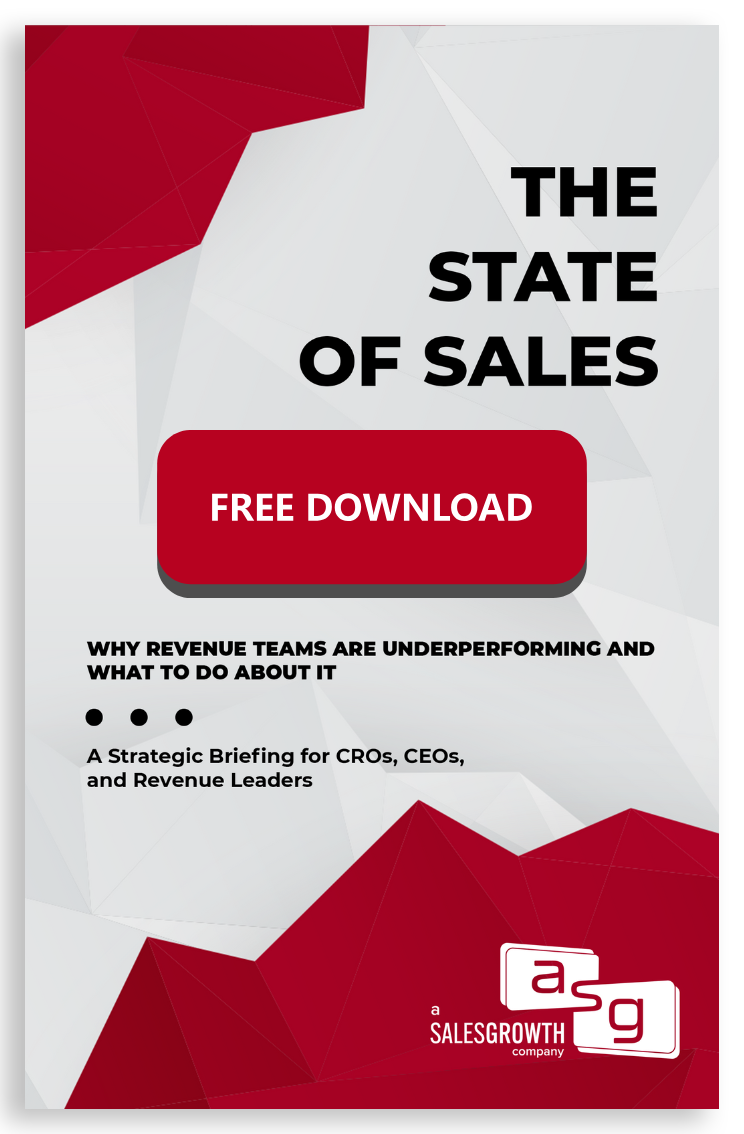The Opportunity Layer of the Problem Centric™ Operating System
People We Work With:
Why the Opportunity Layer Matters
Most organizations assume that if they train reps, performance will follow. But without a system for reinforcing and observing skills in live deals, training evaporates. Sellers default back to pitching products, managers inspect activity metrics instead of deal quality, and leaders are left with pipelines full of “hope” instead of evidence.
The Opportunity Layer exists to bridge that gap. It’s where skills are applied, reinforced, and observed in the real-time context of live opportunities. Without it, the Skills Layer becomes wasted spend. With it, training turns into execution—and execution turns into revenue.
That’s why ASG created the Problem Centric™ OS—the only operating system in the market, and the only approach built entirely on problem centricity. Because skills don’t matter in a vacuum. They only matter if they’re wired into how sellers sell, how managers coach, and how leaders forecast.
The Hidden Cost Without It
- Reps attend workshops, but revert to old habits in live deals.
- Managers track certifications, but can’t see if sellers are actually applying new skills.
- Leaders assume training “didn’t work,” and commission another program—repeating the cycle.
The result? Overspend, wasted time, and no lift in outcomes. You keep buying more training when the real problem is the absence of a system to make training stick.

What the Opportunity Layer Is
It has three dimensions:
- Deal reviews focused on problem, impact, and root cause (not just stages and dates)
- Pipeline inspections that ask: Where’s the Buyer Input Data (BID)? What problems have we validated? What’s the quantified impact?
- Call coaching and film review with snippets tied directly to defined competencies
- Managers running ODP loops (Observe → Describe → Prescribe → Absorb → Apply) weekly
- Listening to recorded calls and inspecting discovery notes for problem-centric evidence
- Evaluating if sellers are multi-threading, quantifying impact, and reframing buyer thinking
- Ensuring reps surface decision criteria and the buying process—not just “next steps”
- Making opportunity reviews an x-ray into rep behavior, not a “CRM update meeting”
- Buyer Input Data (BID) checkpoints documented in the CRM
- Explicit evidence for each stage of the deal—problems, impacts, root causes, stakeholders, and consensus
- Validated decision criteria and a clearly mapped buying process tied to the problem and business impact
Put simply:
The Opportunity Layer is the system that turns training into execution, and execution into evidence.
Where the Opportunity Layer Fits in the OS
- Skills Layer: defines what sellers must know and be able to do.
- Opportunity Layer: reinforces and observes those skills in real deals, producing the buyer evidence needed for deal progression.
- Forecast Layer: consumes that evidence to validate pipeline health and forecast reliability.
ASG is the only company that connects these layers into a single operating system. Everyone else stops at training, coaching, or methodology. We built the OS to make sure execution is systematic—not left to chance.
“I’ve been through 20 trainings through my career, and Gap Selling was the first time where I felt like it truly resonated with me — and I felt like it truly resonated with everybody else in the room.”
Chris Adams, CSO – Scorpion
What Happens Without It
- Pipeline Bloat. CRM is full of opportunities that aren’t real—just “placeholders” with no buyer evidence.
- Forecast Misses. Managers inspect closed dates, not buyer evidence, leading to wildly inaccurate forecasts.
- Overspend on Skills. Training dollars get wasted because nothing is reinforced in the field.
- Reversion to Pitching. Reps abandon skills under pressure and fall back to product-centric selling.
- Manager Blindness. Frontline managers can’t see how reps actually sell, so they coach activity levels instead of skills.
This is why so many companies train constantly but never change. Without the Opportunity Layer, nothing sticks.
How to Assess Your Opportunity Layer
Ask yourself: do we have a system that ensures training shows up in deals, or are we still relying on hope?
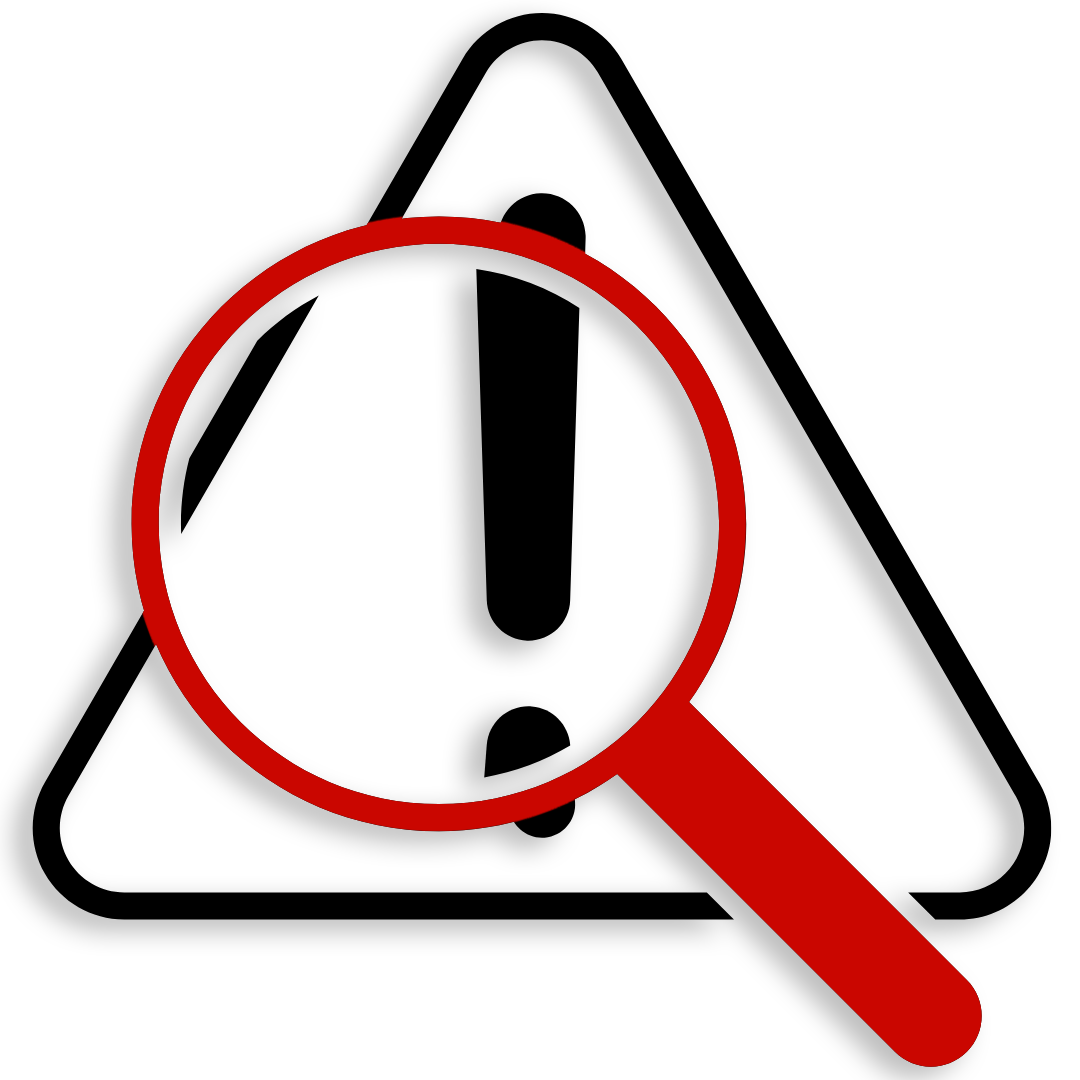
Are deal reviews problem centric?
Do they inspect validated problems, impacts, and root causes—or just “stage updates”?
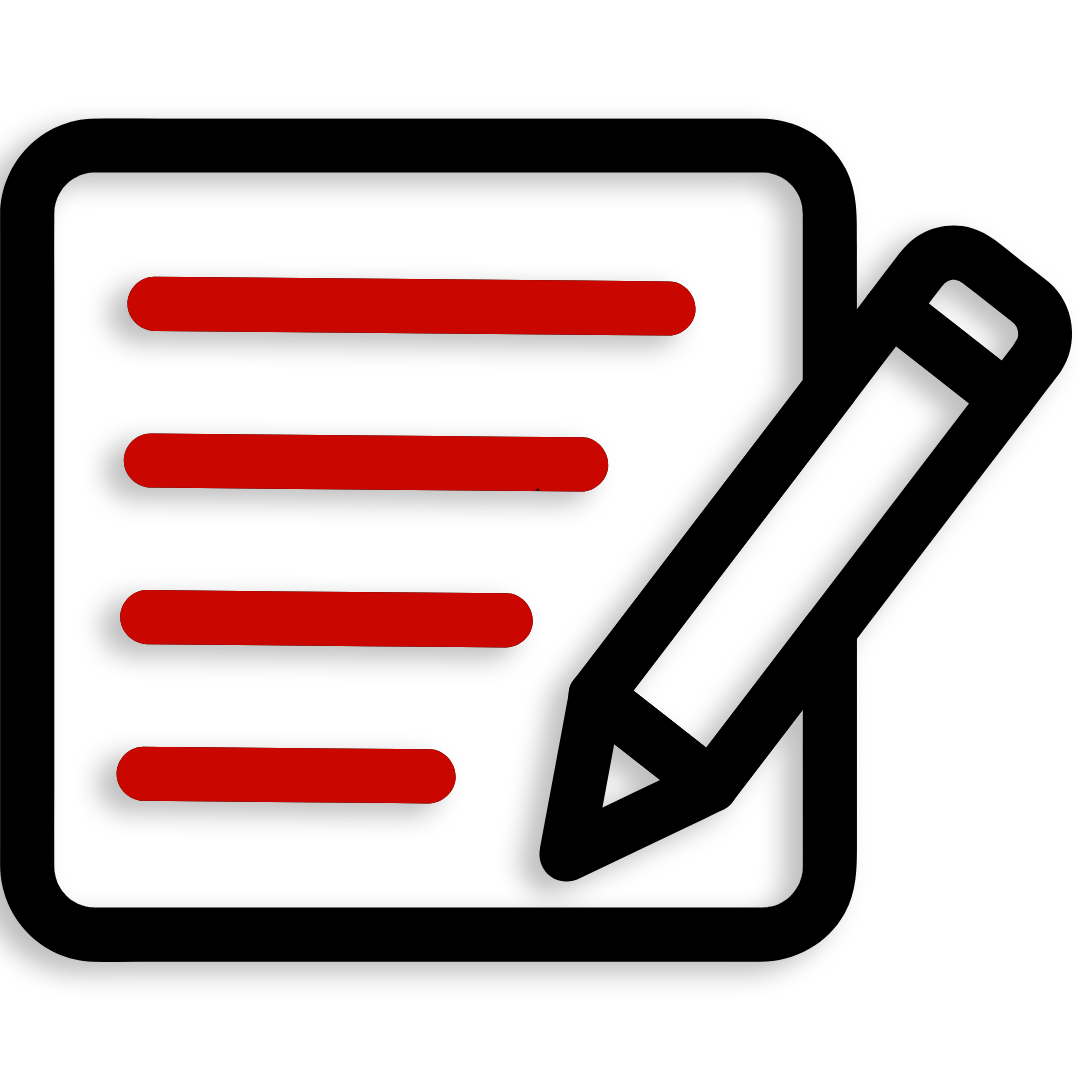
Is BID captured?
Do your opportunities include buyer input data that proves deal health?

Are managers observing?
Do frontline managers use call review, ODP loops, and structured coaching to reinforce skills?

Is evidence linked to stages?
Does moving an opportunity forward require validated buyer evidence, or just rep opinion?
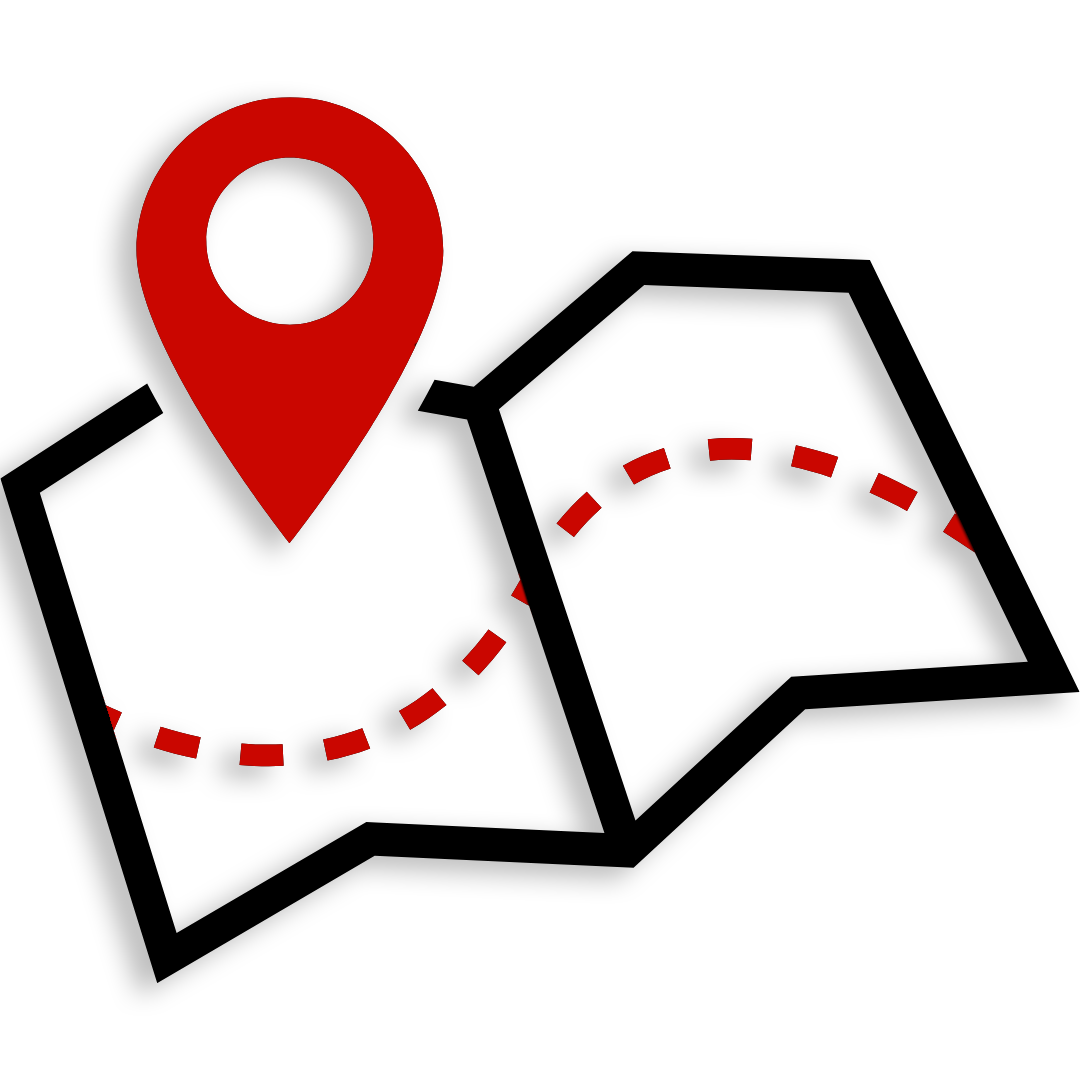
Are decision criteria and buying process mapped?
Does every rep know how the buyer will decide, and what process they must go through to get there?
The Right Way to Leverage the Opportunity Layer
- Higher win rates. Because deals are inspected for problem validation, impact quantification, decision criteria, and buyer consensus.
- Faster velocity. Because sellers aren’t recycling bad deals or chasing opportunities with no buyer commitment.
- Better coaching. Because managers have visibility into real behavior, not just CRM data.
Evidence-driven pipelines. Because BID, decision criteria, and buying process validation turn “hope” deals into validated opportunities.
Closing Thought
ASG is the only company that built an operating system to make this possible. We start with problem centricity, because it’s the only way to connect skills, execution, and forecasting into a unified system.
Most companies train. Few execute. The Opportunity Layer is the difference.
When Every Fix Fails, It’s Time for a System
Let’s talk about how the Problem Centric™ OS can drive predictable growth in your organization.








